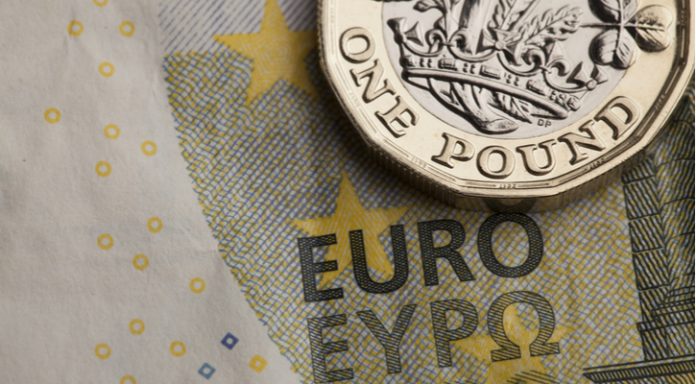The pound was broadly out of favour against its peers on Thursday, as way the euro. The pound euro exchange rate finished trading on Thursday at approximately the same level that it had started, at US$1.1289. The pair is pushing higher in early trade on Friday.
The mood for the pound soured again on Thursday as Prime Minister Boris Johnson refused to back down and attacked opposition politicians who are attempting to bloc Brexit. Whilst Boris Johnson insists, he still wants a deal, he has also admitted that a deal with the EU is not close. The EU believe that the heightened rhetoric in Parliament is making any form of Brexit agreement more unlikely. Brexit risks remain skewed to the downside and this will continue keeping the pressure on the pound.
| Why is a “soft” Brexit better for sterling than a “hard” Brexit? |
| A soft Brexit implies anything less than UK’s complete withdrawal from the EU. For example, it could mean the UK retains some form of membership to the European Union single market in exchange for some free movement of people, i.e. immigration. This is considered more positive than a “hard” Brexit, which is a full severance from the EU. The reason “soft” is considered more pound-friendly is because the economic impact would be lower. If there is less negative impact on the economy, foreign investors will continue to invest in the UK. As investment requires local currency, this increased demand for the pound then boosts its value. |
The pound is experiencing a small lift higher in early trade thanks to an improvement in UK consumer confidence. GFK consumer confidence increased to -12, up from -14. However, with eye on Brexit talks the lift in the pound may not last.
Euro Remains Vulnerable
The euro was also broadly out of favour in the previous session. Whilst data showed that German consumer confidence increased for the first time this year, the euro failed to react positively. More generally, data across the week has been poor and investors are unable to shake off fears that Germany, the eurozone’s largest economy is tipping into recession
Euro investors also digested the shock resignation of Germany’s representative Sabine Lautenschlaeger on the ECB executive board. Sabine Lautenschlaeger was a known hawk. Her resignation highlights the deep division within the ECB over its recent decision to loosen monetary policy. By leaving the ECB the hawk / dove split will change. Investors will be watching closely as to see who will replace her. A more dovish replacement could indicate that the ECB are looking to adopt an even more dovish stance towards monetary policy.
Today there is no high impacting eurozone economic data for investors to mull over. Instead some second-tier figures on eurozone business confidence could give the euro a well needed boost.
| What do these figures mean? |
| When measuring the value of a pair of currencies, one set equals 1 unit and the other shows the current equivalent. As the market moves, the amount will vary from minute to minute.
For example, it could be written: 1 GBP = 1.13990 EUR Here, £1 is equivalent to approximately €1.14. This specifically measures the pound’s worth against the euro. If the euro amount increases in this pairing, it’s positive for the pound . Or, if you were looking at it the other way around: 1 EUR = 0.87271 GBP In this example, €1 is equivalent to approximately £0.87. This measures the euro’s worth versus the British pound. If the sterling number gets larger, it’s good news for the euro. |





